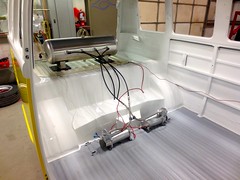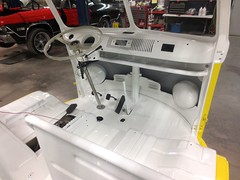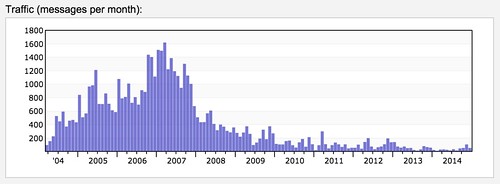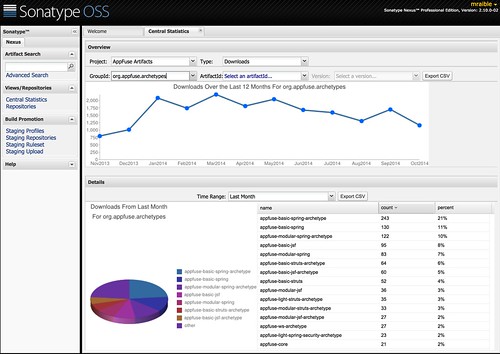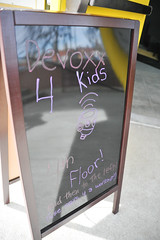Integrating Node.js, Ruby and Spring with Okta's SAML Support
![]() Security has always piqued my interest, ever since I first developed AppFuse and figured out how to make J2EE
security work back in 2004.
I hacked AppFuse to have Remember Me functionality,
then moved onto Acegi/Spring Security. Spring Security
had the features I needed, even if it did require almost 100 lines of XML to configure it. These days, it's much
better and its JavaConfig - combined with Spring Boot - is pretty slick.
Security has always piqued my interest, ever since I first developed AppFuse and figured out how to make J2EE
security work back in 2004.
I hacked AppFuse to have Remember Me functionality,
then moved onto Acegi/Spring Security. Spring Security
had the features I needed, even if it did require almost 100 lines of XML to configure it. These days, it's much
better and its JavaConfig - combined with Spring Boot - is pretty slick.
That was the first part of my security life. The second phase began the night I met Trish, and learned she sold security products. She knew of OWASP and their top 10 rules. It was Trish that inspired me to write my Java Web Application Security presentation. I really enjoyed writing that presentation, comparing Apache Shiro, Spring Security and Java EE's security frameworks. I followed up the first time I presented it with a number of blog posts and screencasts. Hmmmm, maybe I should update the presentation/screencasts to use Java configuration only (#NoXML) and submit it to a couple conferences this year? I digress.
I had to do a security-related spike over the last couple weeks. I was trying to get SAML authentication working with Okta and my client's Active Directory server. Luckily, someone setup the AD integration so all I had to do was try a few different languages/frameworks. I searched and found ThoughtWorks' okta-samples, which includes examples using Node.js and Sinatra (Ruby + JRuby). I also found a Spring SAML example that includes one of my favorite things in JavaLand: Java-based configuration.
I'm happy to report I was able to get all of these applications working with my client's Okta setup. This article will tell you how I did it. For each application, I created a new application on Okta using its "Template SAML 2.0 Application" and added myself in the application's "People" tab. Each section below contains the configuration I used for Okta. The instructions below assume you're similar to me, a developer that has Java 8, Node and Ruby installed, but none of the specific frameworks. As I write this, I have everything working on my Mac with Yosemite, but I wrote the instructions below using one of my old laptops, fresh after a Yosemite upgrade.
[Read More]







